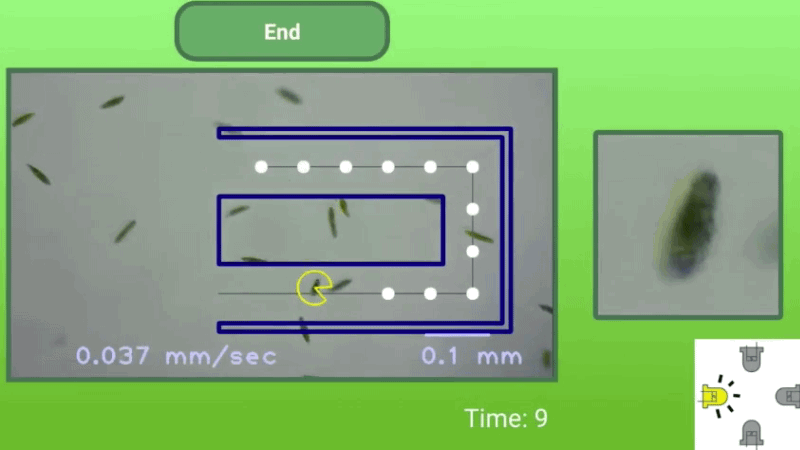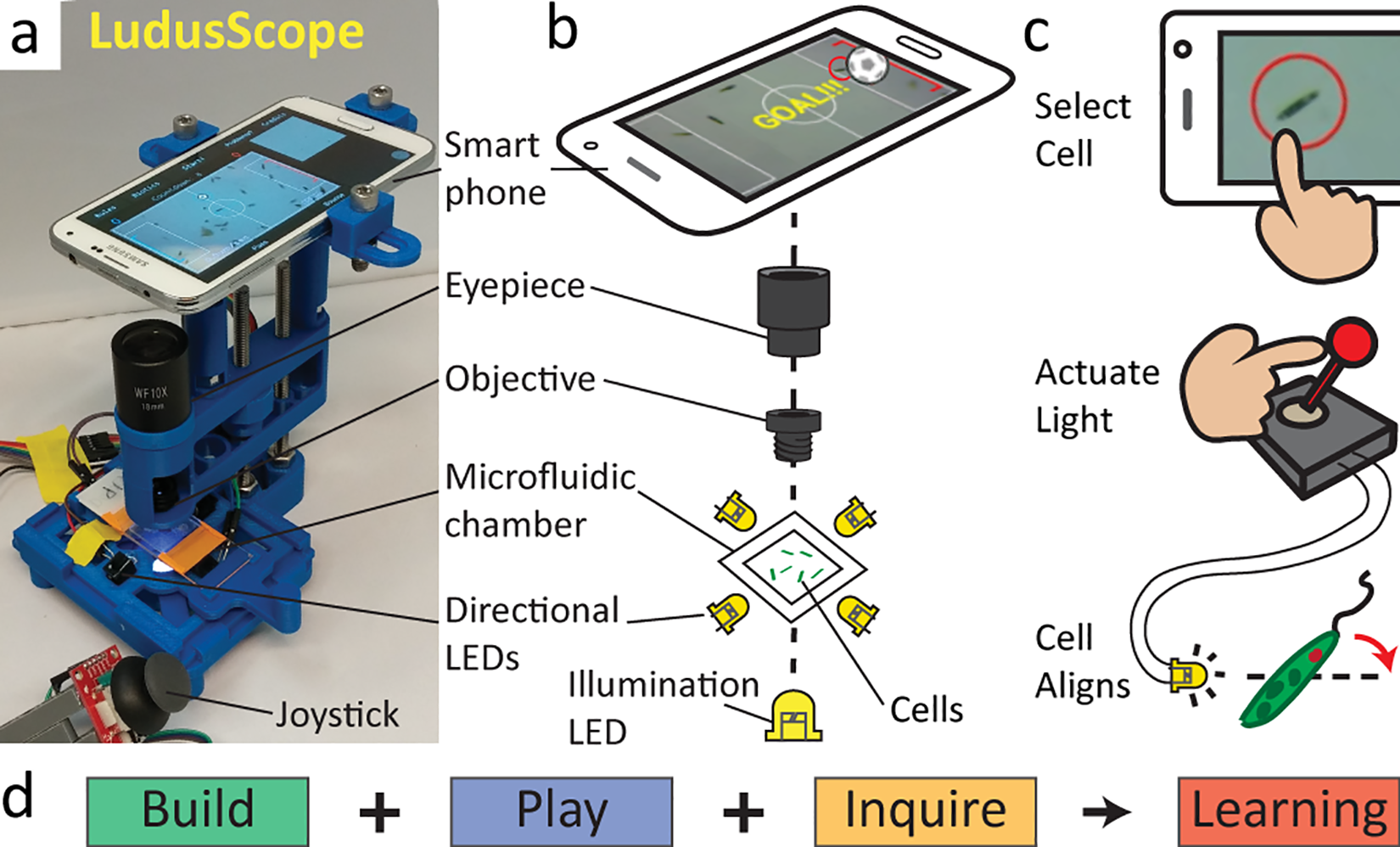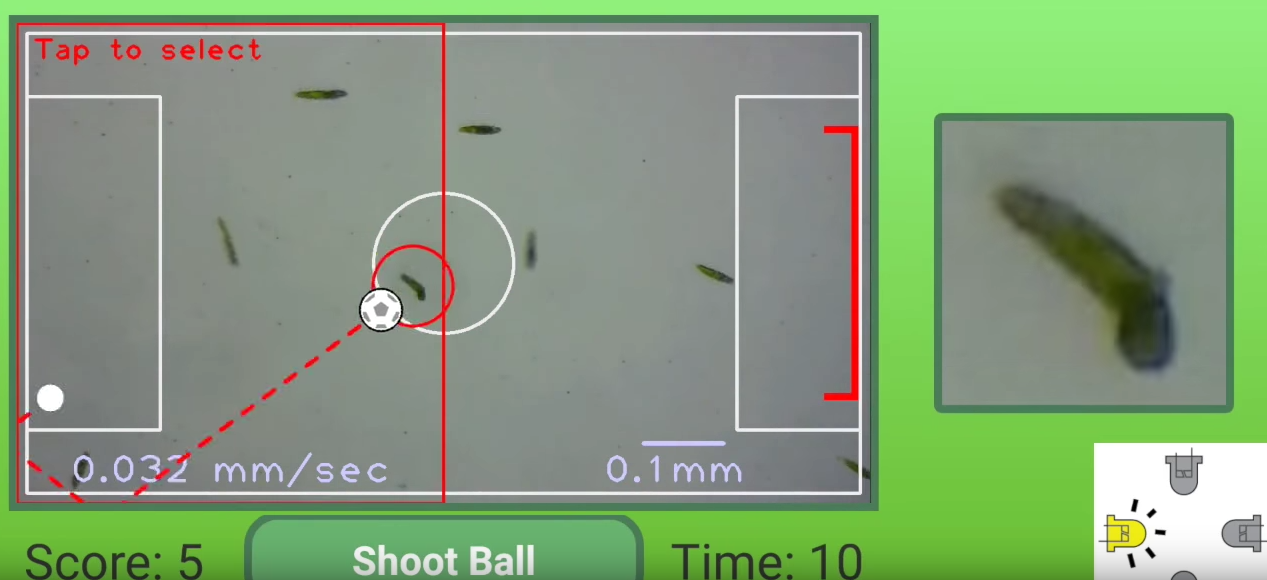
Centuries after its discovery, the microscopic realm of microorganisms remains disconnected from the macro-world of direct human perception, but that doesn’t mean its effects are not felt. A 2012 study published by a University of Arizona microbiologist concluded that smartphones carry more bacteria than the average toilet seat, making it the most pathogenic item that most of us interact with on a daily basis. But that doesn’t mean that smartphones can’t also be a source of microbial wonder; with the help of the LudusScope, an open-sourced, 3D-printed microscopy platform, users can control and play games with the very germs living on their smartphones.

LudusScope is an accessible, low-cost educational kit developed by Stanford engineer Ingmar Riedel-Kruse as a way to learn about common microbes. The device is easily assembled at home or, as Riedel-Kruse hopes, in the classroom, after 3D-printing the necessary components using plans downloaded from the internet, imparting students with not just an understanding of microbiology but of maker ingenuity as well.
“Many subject areas like engineering or programming have neat toys that get kids into it, but microbiology does not have that to the same degree,” noted Riedel-Kruse in a release. “The initial idea for this project was to play games with living cells on your phone. And then it developed much beyond that to enable self-driven inquiry, measurement and building your instrument.”
3D-printed components aside, the system consists of a microscope slide platform and a mobile phone holder linked with a microscope eyepiece positioned upward. Each slide is surrounded by four LEDs, which are manipulated using individual joysticks to shine a light on phototactic organisms, such as Euglena gracilis algae, living on the phone. Phototactic organisms are drawn or repelled when exposed to light.
By tracking Euglena’s behavior and displaying it in real-time, a fully-assembled LudusScope offers students multiple forms of engagement. They can simply watch the organism scamper around as it reacts to light, or take advantage of an interactive software which overlays a user interface on top of the image of the cells. This is where things get really interesting, as the app allows you to run educational programs that measure and observe the microbes or directly control the microbes to play soccer or a Pac-Man-like game as shown below.

LudusScope has already undergone user testing with students and teachers, with Riedel-Kruse and his team working to expand the system after receiving feedback.
Source: Journals.PLOS.org
Advertisement
Learn more about Electronic Products Magazine





